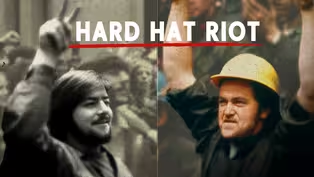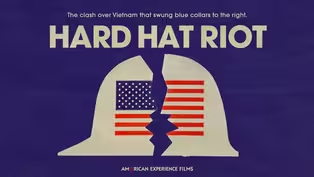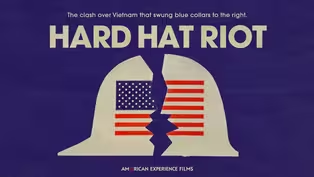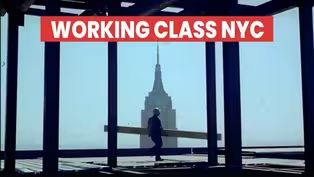
How the Hard Hat Riot Predicted Today's Culture Wars
Clip: Season 37 Episode 5 | 4m 13sVideo has Closed Captions
In December 1969, the United States Selective Service conducted its first draft lottery since World
In December 1969, the United States Selective Service conducted its first draft lottery since World War II, fueling a nationwide firestorm between those conscripted to serve and those who found a way out.
Problems playing video? | Closed Captioning Feedback
Problems playing video? | Closed Captioning Feedback
Corporate sponsorship for American Experience is provided by Liberty Mutual Insurance and Carlisle Companies. Major funding by the Alfred P. Sloan Foundation.

How the Hard Hat Riot Predicted Today's Culture Wars
Clip: Season 37 Episode 5 | 4m 13sVideo has Closed Captions
In December 1969, the United States Selective Service conducted its first draft lottery since World War II, fueling a nationwide firestorm between those conscripted to serve and those who found a way out.
Problems playing video? | Closed Captioning Feedback
How to Watch American Experience
American Experience is available to stream on pbs.org and the free PBS App, available on iPhone, Apple TV, Android TV, Android smartphones, Amazon Fire TV, Amazon Fire Tablet, Roku, Samsung Smart TV, and Vizio.
Buy Now
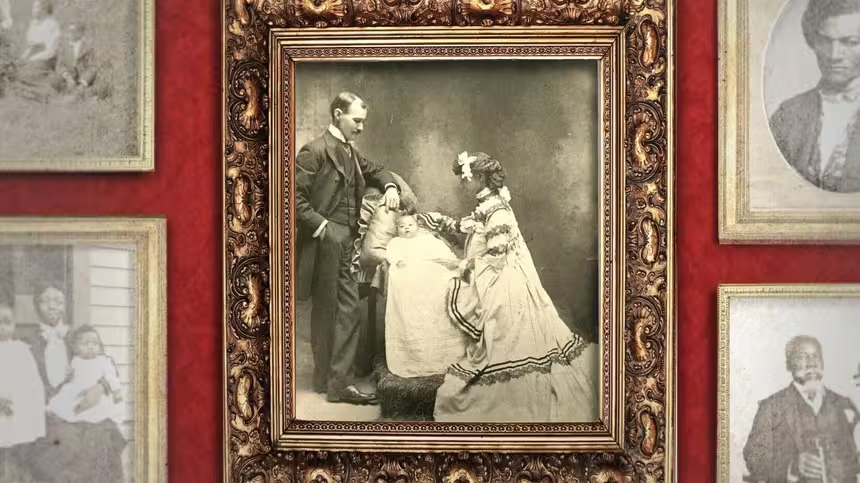
When is a photo an act of resistance?
For families that just decades earlier were torn apart by chattel slavery, being photographed together was proof of their resilience.Providing Support for PBS.org
Learn Moreabout PBS online sponsorshipThe Vietnam War was raging overseas.
But in 1970, another battle broke out this one in the heart of New York City.
It was the Hard Hat Riot, when construction workers attacked anti-war protesters.
William Abbatte: I was in the middle of the pack.
The adrenaline was rushing.
I was part of a mob.
We were in something big.
Why were Americans fighting each other in the streets?
To help answer that question we have to rewind to 1969 when numbers on a piece of paper could change your life.
Sederholt : This little card was probably the center of our universe.
Nearly two million young men were drafted over the course of the Vietnam War.
Hundreds of thousands were sent into the warzone all for a war never officially declared.
On December 1st, 1969, the first draftt lottery took place live on national television.
September, 14th.
That night, millions watched as officials pulled birthdates from a glass bowl.
If yours was drawn early, you could be sent to war.
Sederholt: The evening of the lottery, all of our friends gathered at a local bar.
And they had it on TV, and it was almost like you'd see a bingo game.
While the lottery system was meant to democratize the draft, working-class men still went to war far more often.
Those with more money found outs via college deferments, medical notes, and family connections.
Dennis Milton: To us, as the working stiff, let's put itor blue-collar, you would just have people go to college to beat the draft.
And they had money, and they let the working class people fight the wars.
By 1969, with no end to the war in sight, mandatory service further split an already severed nation.
And class was inseparable from that divide.
The draft fueled a nationwide firestorm: mass protests, draft cards burning, and campuses erupting in anger.
REPORTER: May Day action called for demonstrators to obstruct entrances to the selective service building.
Money and draft cards were burned.
But the aggressive anti-war tactics were unpopular, especially with blue collar Americans.
For some of them, the draft was duty, the flag was sacred, and some protesters were traitors.
HARDHAT: Weve seen pictures of Che Guevara on 4x4 red posters, a large red banner with a white star in the middle being hoisted behind these demonstrators.
Now if anything we thought wed bring the American flag down into the demonstration because this is the country we represent That's why, when students marched against the war in Lower Manhattan on May 8th, 1970, construction workers saw more than protest.
They saw privilege.
They saw sons who wouldn't go serve.
William Abbatte: We got a major war going on, we got our soldiers being killed and then you have demonstrators who seem to be rooting for the other side.
Dennis Milton: Whether the government is right or wrong, with a war, you should support the troops.
And so they fought not in Vietnam, but in the streets of Manhattan.
Dan Rossi: And you take that flag and throw it on the floor and step on it?
Youve just made it personal.
Dennis Milton: Theyre stepping on the bodies of the men that I fought [with], that died Vietnam next to me.
The draft ended in 1973, replaced by an all-volunteer military.
The war wound down.
But the Hard Hat Riot captured a deeper truth of the era: that the Vietnam draft didn't just divide soldiers from civilians.
It divided America itself.
For more on the clash that revealed America's deep divide, watch Hard Hat Riot from American Experience.
The 1970 Riot that Split America
Video has Closed Captions
Clip: S37 Ep5 | 3m 47s | What was The Hard Hat Riot? (3m 47s)
Video has Closed Captions
Preview: S37 Ep5 | 8m 55s | Watch a preview of Hard Hat Riot. (8m 55s)
Video has Closed Captions
Preview: S37 Ep5 | 1m 38s | Watch a preview of Hard Hat Riot. (1m 38s)
Video has Closed Captions
Clip: S37 Ep5 | 4m 59s | At the dawn of the 1970s, blue-collar workers were re-shaping New York City's skyline. But they were (4m 59s)
Providing Support for PBS.org
Learn Moreabout PBS online sponsorshipSupport for PBS provided by:
Corporate sponsorship for American Experience is provided by Liberty Mutual Insurance and Carlisle Companies. Major funding by the Alfred P. Sloan Foundation.


